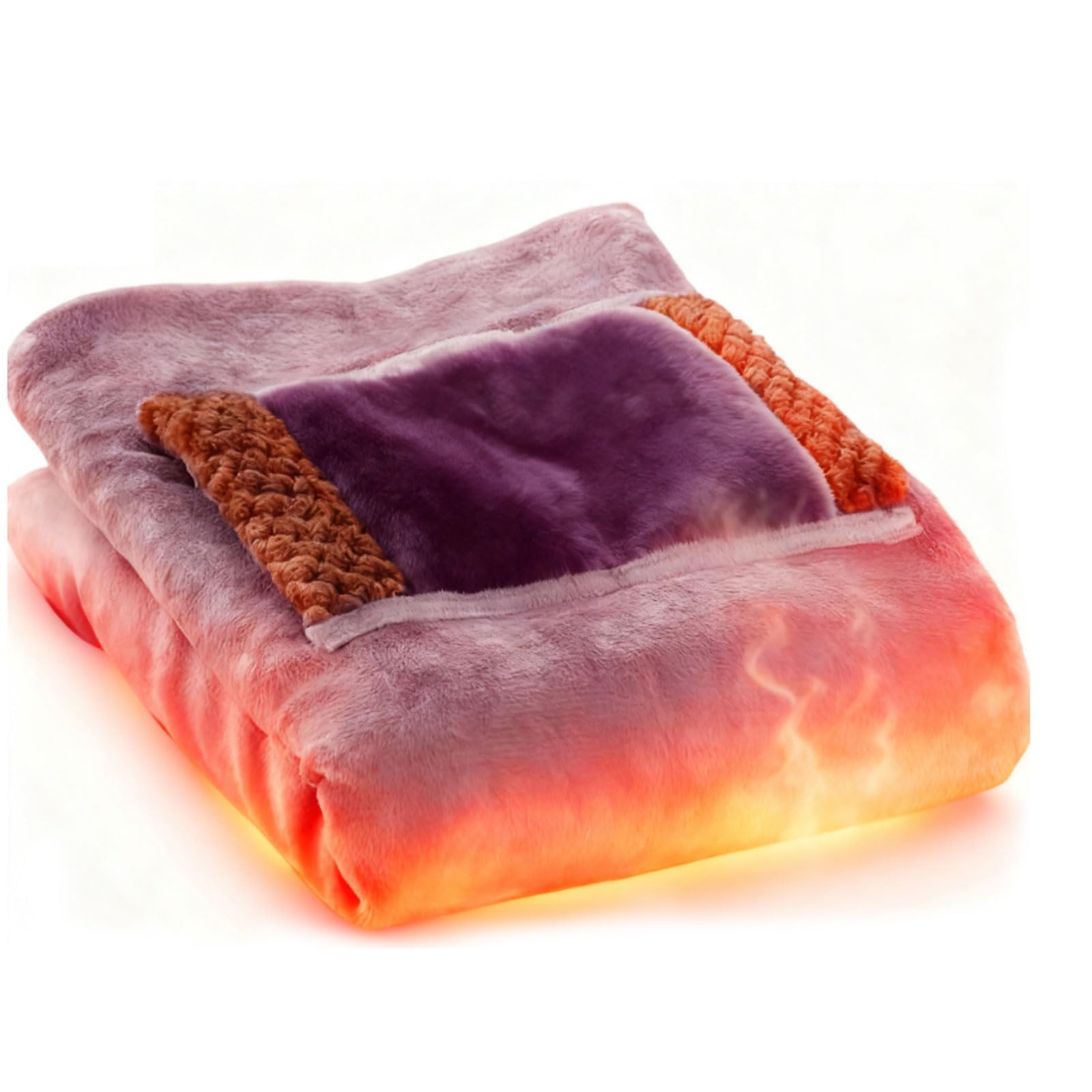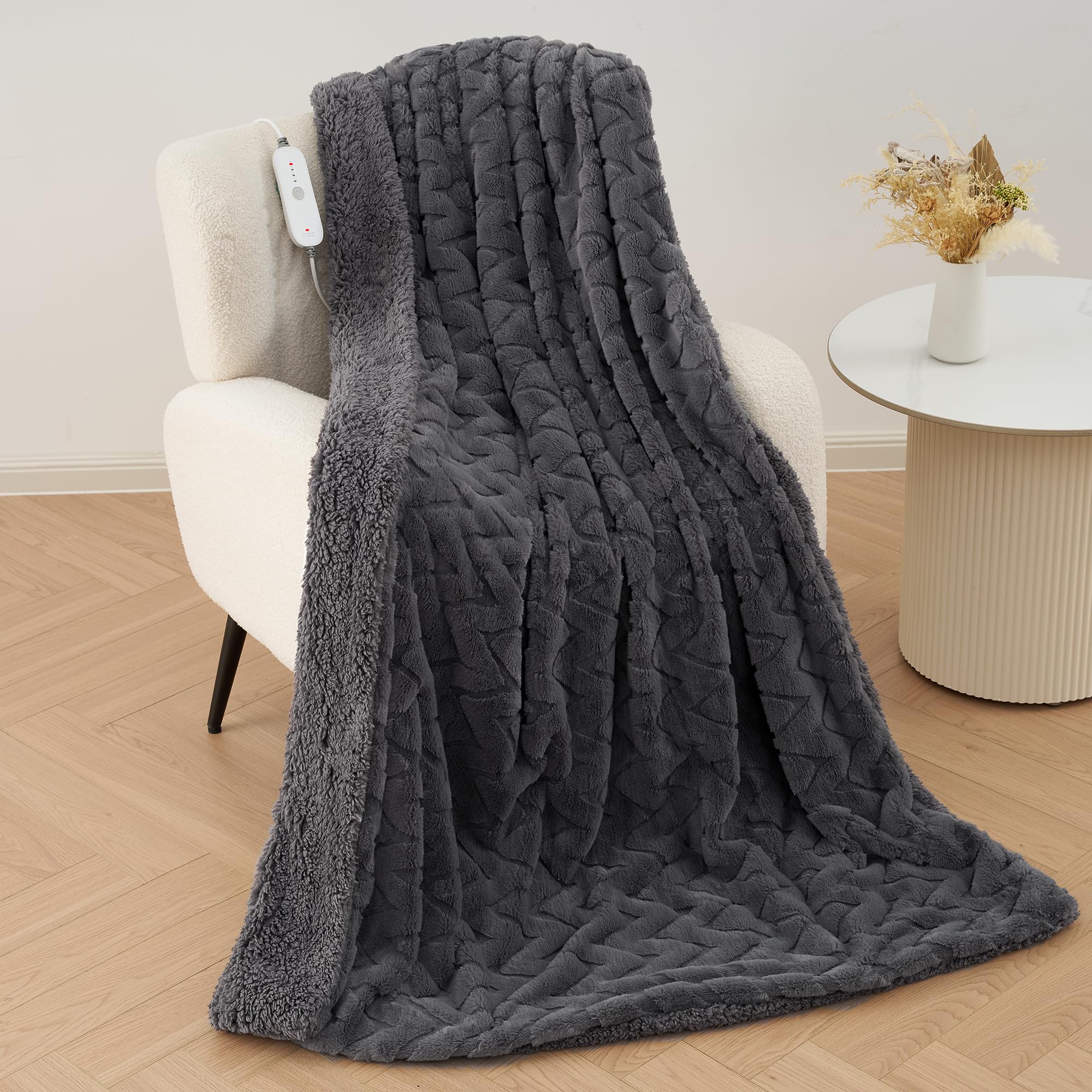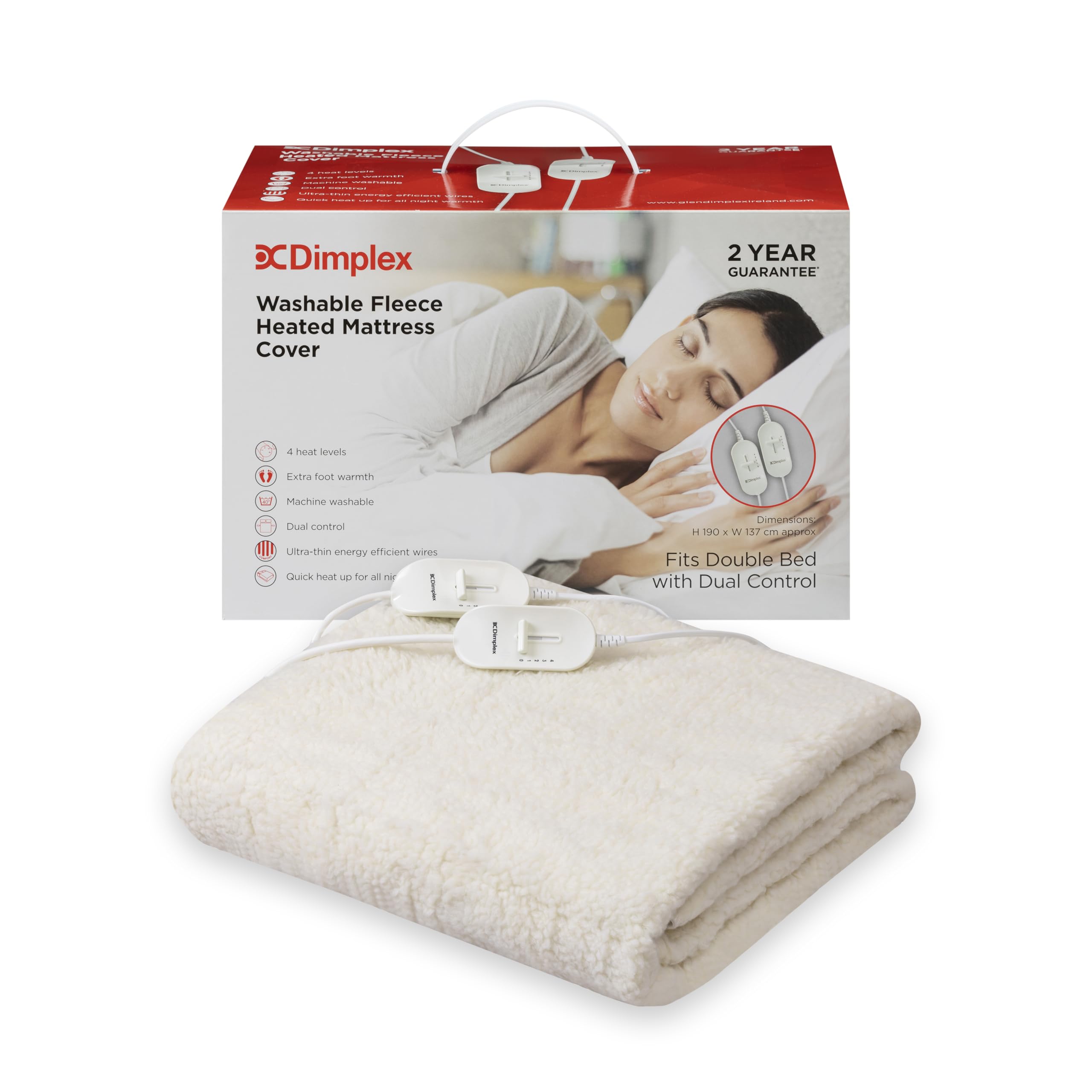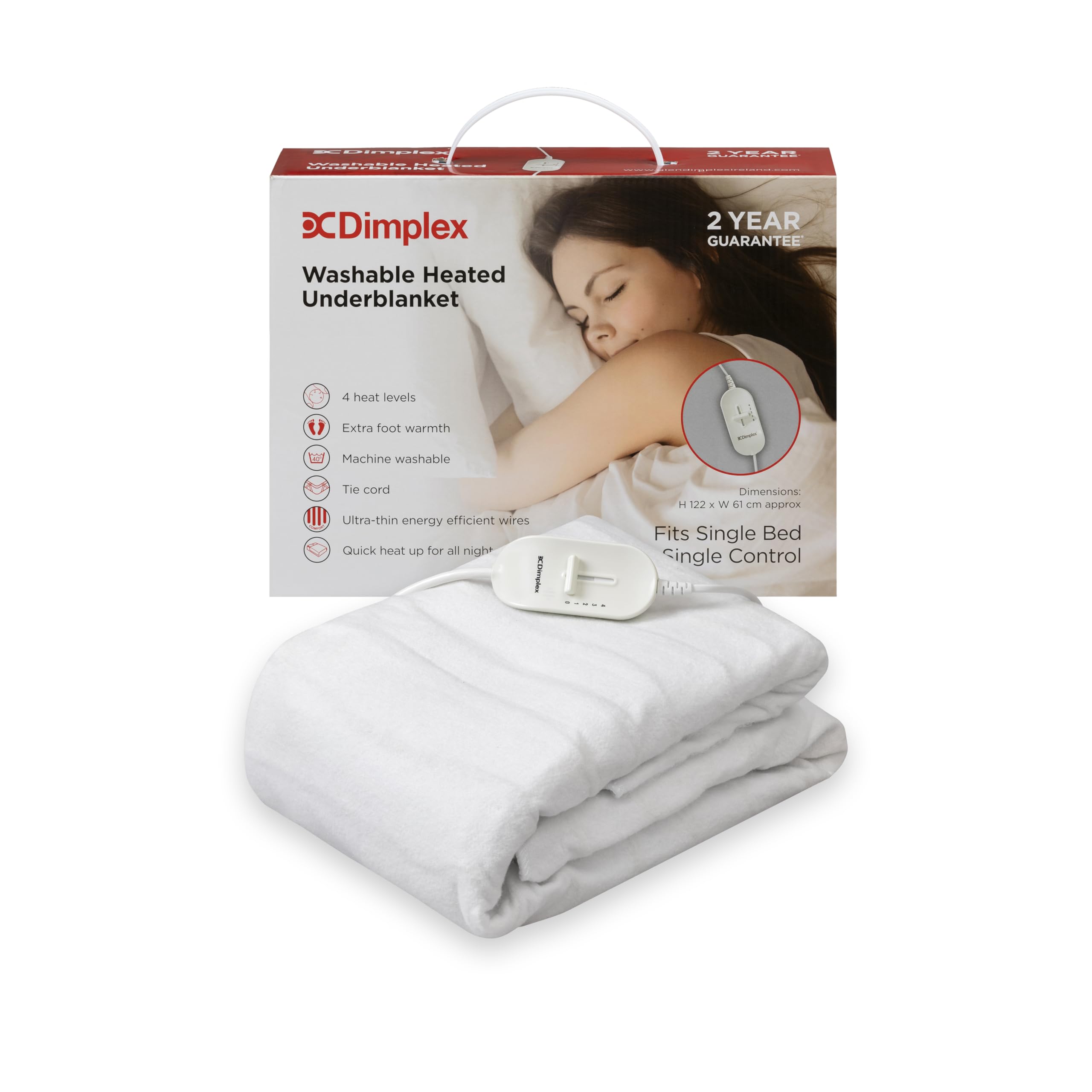Electric blankets can keep you warm for only a few pence per hour in the UK, which makes them an attractive alternative to heating the whole room at night. To understand what you will actually pay, look at the wattage, your electricity tariff and how you use the controls. This guide provides clear examples, explains preheating versus overnight use, and shares practical tips to stay cosy while keeping costs low and safety high.
Targeted bed warmth comes from electric blankets with clear timers.
How to Estimate Running Costs
The basic calculation is straightforward. Multiply the blanket’s wattage by the number of hours you use it, then multiply by your tariff in pounds per kilowatt hour. A typical underblanket on a low to medium setting draws between 40 and 100 watts. If you ran a 60 watt setting for three hours at a tariff of 28 pence per kilowatt hour, the cost would be 0.06 kilowatts times 3 hours times 0.28 pounds, which equals about 5 pence. Even double that for longer use and higher settings and you still spend far less than heating a whole room with an electric heater.
Preheat vs Overnight Use
A smart habit is to preheat the bed for 20 to 30 minutes before you get in, then drop to a low setting or switch off entirely. Mattresses and bedding hold warmth surprisingly well once you are under the covers. Preheating raises the surface temperature so you do not feel a cold shock when you first lie down. Many people find that after the first half hour under a warm duvet, body heat is enough to stay comfortable on a low setting or without the blanket. This pattern keeps costs down while still delivering comfort where it matters most.
Match Settings to Duvet Tog and Room Temperature
Your duvet and bedroom temperature determine how much heat you need from the blanket. With a 10.5 or 13.5 tog duvet in a cool room, a brief preheat and a low setting are often sufficient. With a 4.5 or 7 tog duvet, especially in shoulder seasons, you may prefer a slightly higher setting for longer. The goal is to avoid overheating, which can lead to restless sleep. If you wake hot, lower the setting or switch off and let the duvet do more of the work. Always adjust in small steps and give your body a few minutes to acclimate before changing again.
Dual Controllers for Couples
If you share a bed and have different temperature preferences, a dual control underblanket allows each person to set their side independently. This avoids the common problem where one partner overheats while the other feels cold. Because each controller runs only half the blanket, the total draw per side at low settings can be very modest. Agree on a routine, such as preheat on high for twenty minutes, then both switch to a low setting or off when you get in. This keeps both people comfortable without unnecessary energy use.
Underblanket or Overblanket
Underblankets warm the mattress surface directly and are generally the most efficient option for keeping the bed cosy. Overblankets and heated throws are better suited for sofa lounging or as an extra layer on top of the duvet. If your main goal is overnight comfort in bed, fit an underblanket that suits your mattress size. Choose one with multiple heat settings, clear controls and a timer so it is easy to follow your preferred routine in the dark.
Safety and Compliance
Choose products that carry UKCA or CE marks and include overheat protection that cuts power if a fault occurs. Inspect the cords regularly for wear and position controllers so they do not snag. Detach controllers before washing the blanket, and follow the label’s temperature and spin guidelines. Dry flat to protect the internal wiring. Avoid bunching or folding the blanket tightly in use, as concentrated heat can damage the elements. If you have a memory foam mattress, use lower settings and check the manufacturer’s guidance. Heat can soften foam, so start with gentle settings and avoid trapping warmth under thick toppers.
Worked Examples
Example one: a 60 watt underblanket set to medium for two hours of preheat and one hour on low costs roughly 5 to 7 pence at common tariffs. Example two: a 100 watt overblanket used on the sofa for three hours on medium costs around 8 to 10 pence. Compare this to a 1.5 kilowatt space heater on low for the same period, which can cost well over a pound depending on tariff and setting. The difference is clear. Targeted warmth is much cheaper than heating the whole room.
Comfort Tips That Cost Nothing
Warm your feet first. Cold feet make you feel colder than the rest of your body would suggest. A few minutes of higher heat near the foot of the bed during preheat can make a big difference. Use breathable cotton or modal pyjamas so moisture does not build up under the duvet. Keep your bedroom free of draughts, and close curtains to reduce window heat loss. These habits improve perceived warmth so you can run lower blanket settings.
FAQs
Low, even heat with clear timers is common in electric blankets for UK homes. For sofa evenings, many households use heated throws that feel warm on low settings.
How much does an electric blanket cost to run per hour? On low settings, often only a few pence per hour. Use the wattage times hours times tariff calculation to check your model against your bill.
Is it safe to leave an electric blanket on all night? Use products with timers and overheat protection, and choose low settings if you keep it on. If you tend to wake hot, preheat and switch off when you get into bed.
Can I use an electric blanket with memory foam? Many people do, but start with low settings and follow the mattress manufacturer’s guidance. Avoid trapping heat with thick toppers and heavy protectors.





